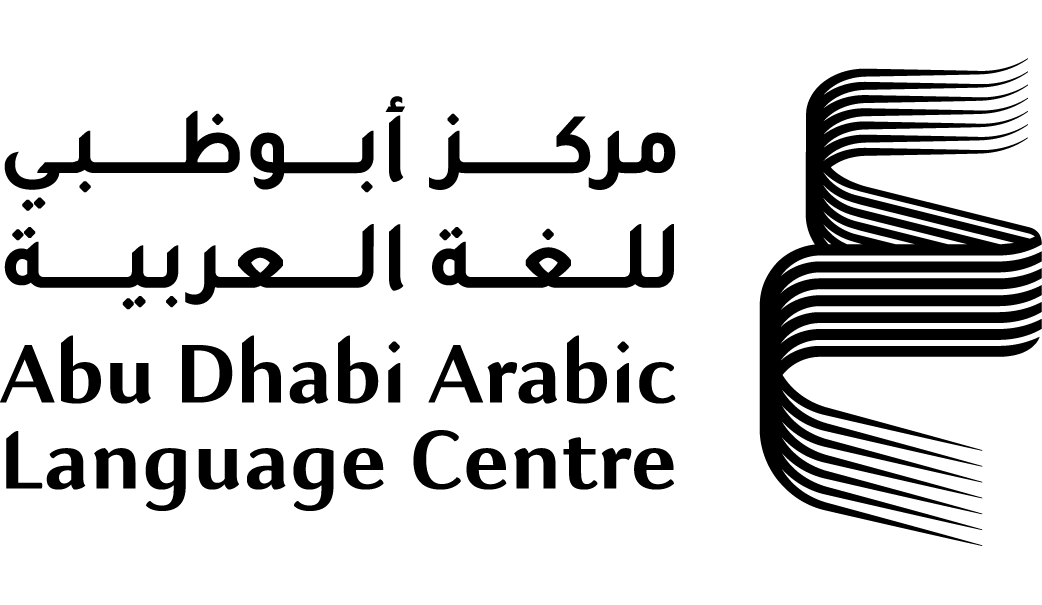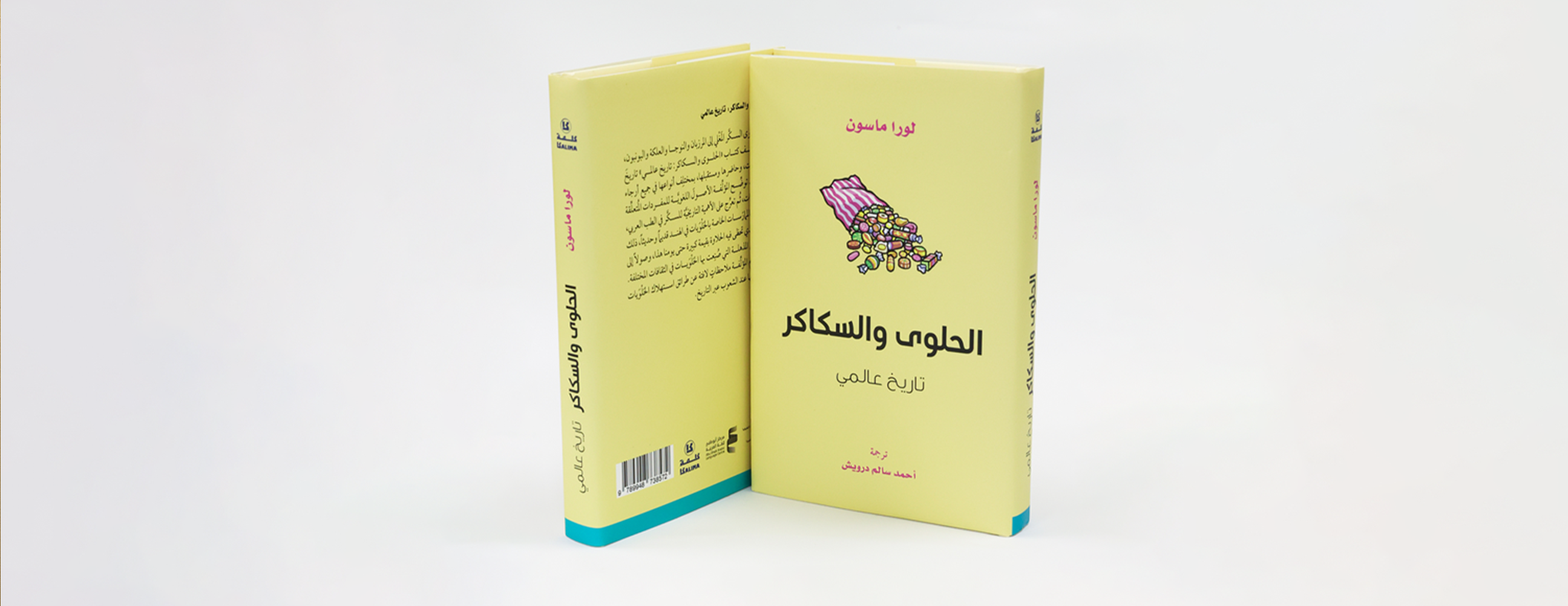The Abu Dhabi Arabic Language Centre (ALC) has published the Arabic edition of “Sweets and Candy: A Global History” by Laura Mason as part of the Kalima Translation Project, translated into Arabic by Ahmed Salem Darwish and reviewed by Dr Youssef Hamdan.
In its six chapters, the book provides a comprehensive and in-depth overview of sweets around the world, exploring their origins, diversity, and relationship to different cultures and geographic regions. It also examines the evolution of their names, production methods, and their association with festivals, holidays, and major celebrations.
Moreover, the book explores the materials used in confectionery and provides a historical reference on the earliest sweets, their development, the major confectionery factories and companies, and the mergers and acquisitions that have shaped the industry, leading to today’s global market leaders.
In the first chapter, the book traces the historical origins of English terms related to sweets and candy, showing how these words evolved over time and became commonplace. It therefore serves as a linguistic reference book on the subject, discussing the collective names and popular confectionery-related terms used in countries such as India, China, and Japan, while also highlighting the influence of colonial powers in the spread of sweets across different cultures and exploring the reasons why sweets are universally loved, regardless of cultural or social background.
In the second chapter, the author takes readers on a journey through the history of sugar, the key ingredient in the confectionery industry. She introduces rock candy (or rock sugar), the first known sugar-based sweet in history, examining its production, names across different cultures, and variations. The chapter then explores sugar processing techniques used to create boiled candy, caramel, creamy candy, fondant, toffee, taffy, moulded sugar figures, and pulled sugar candy, among others, all of which use boiled sugar syrup as a base.
The third chapter provides a detailed analysis of sugar-based confectionery, explaining how sugar syrup is combined with other ingredients to produce nougat, halva, and jams. It provides a technical comparison of sugar-coated nuts, explaining what they are, and the rotating drum technique used in their production. The chapter also looks at sweets made from milk and sugar syrup, such as dulce de leche, discussing their various applications in different cultures.
In the fourth chapter, the author explores more sophisticated and unusual confections, including trionfi di tavola, collezione banquets, and elaborate sugar sculptures. She also examines sugar pastes and their decorative use in desserts, documenting unique culture-specific sweets, such as higashi in Japan and sherbet in Turkey, as well as various types of chewing gum and liquorice candies.
The fifth chapter traces the industrialisation and commercialisation of confectionery, highlighting major global brands and their founders. It presents a historical narrative of the industry’s evolution, tracking key mergers and acquisitions that have led to the formation of today’s largest confectionery corporations.
In the final chapter, the book explores major festivals and celebrations around the world, including Christmas, Eid al-Fitr, Diwali, and Mexico’s Day of the Dead, examining the iconic sweets associated with each event. This expands its scope from a simple confectionery book to a historical document that captures civilisations and cultural traditions through their sweets.
The book’s author, British historian Laura Mason, is a food scholar and writer known for several works on culinary history. Her notable publications include “Sugar-Plums and Sherbet: The Prehistory of Sweets”, published in 1998, along with various recipe books commissioned by the UK’s National Trust.
For his part, the book’s translator, Egyptian Ahmed Salem Darwish, has extensive experience in translation, along with a bachelor’s degree in English Language and Literature (2007). He has also translated ‘Salmon: a Global History’ for the Kalima Project for Translation.
![alc-default-cursor]()

